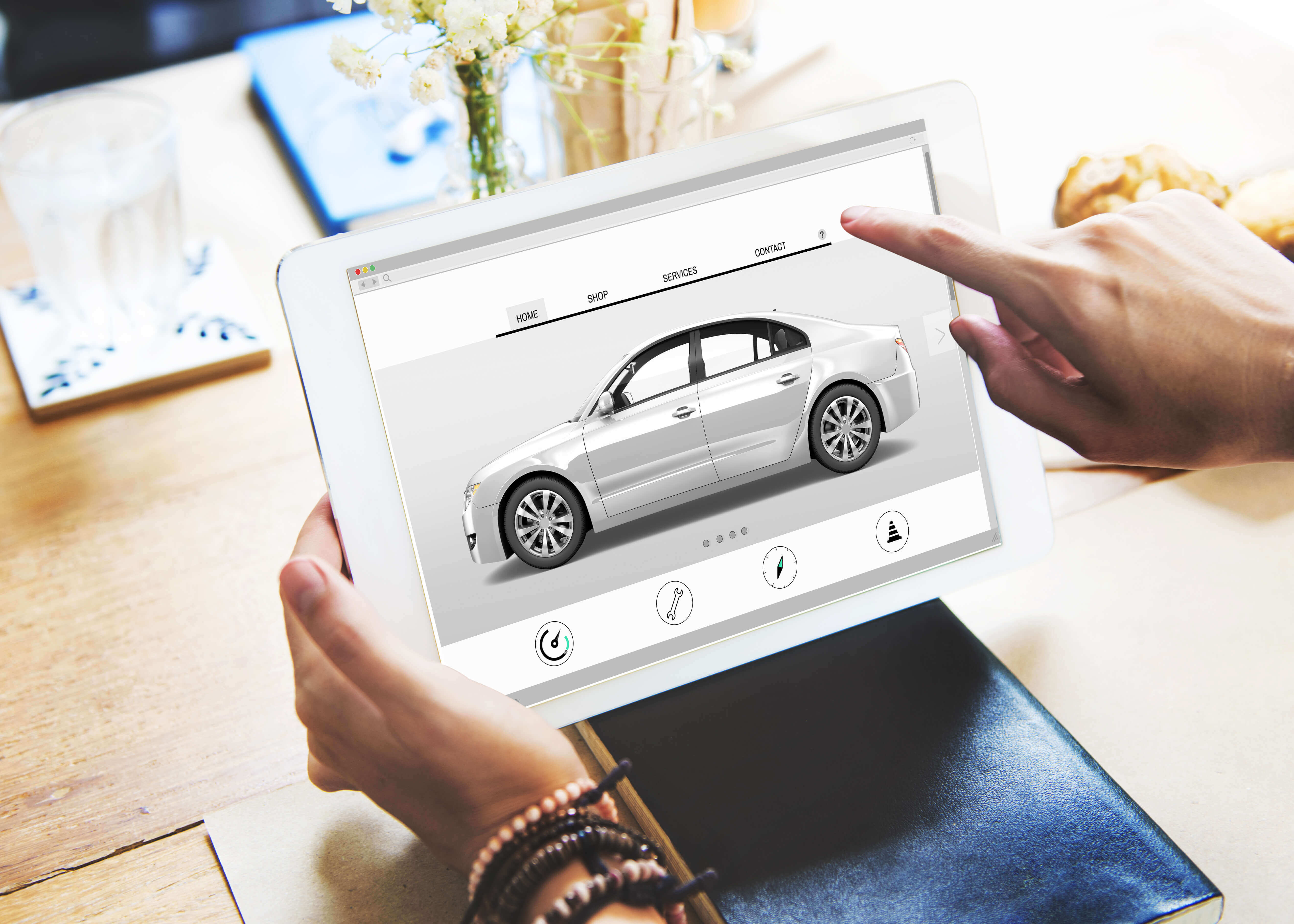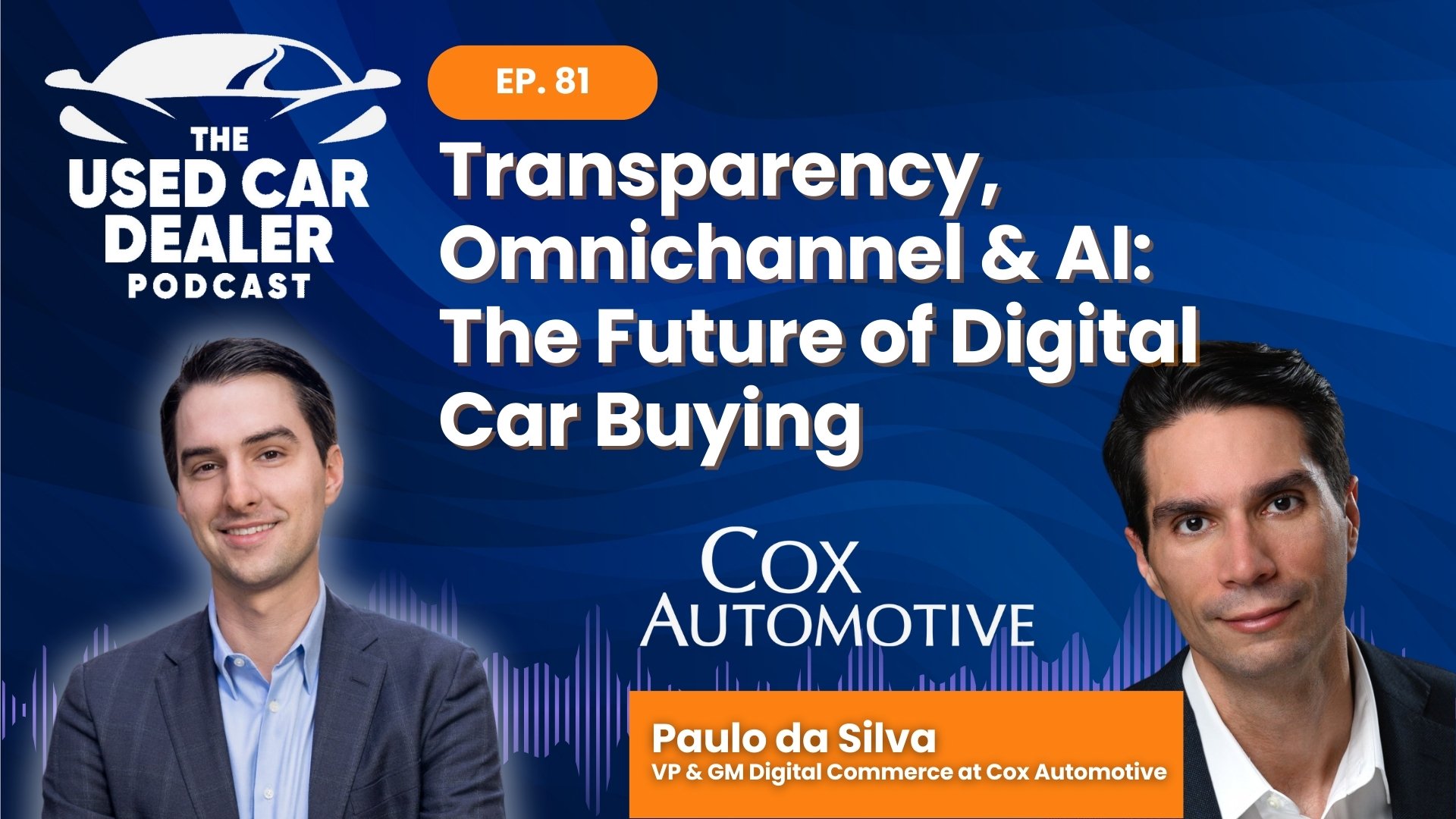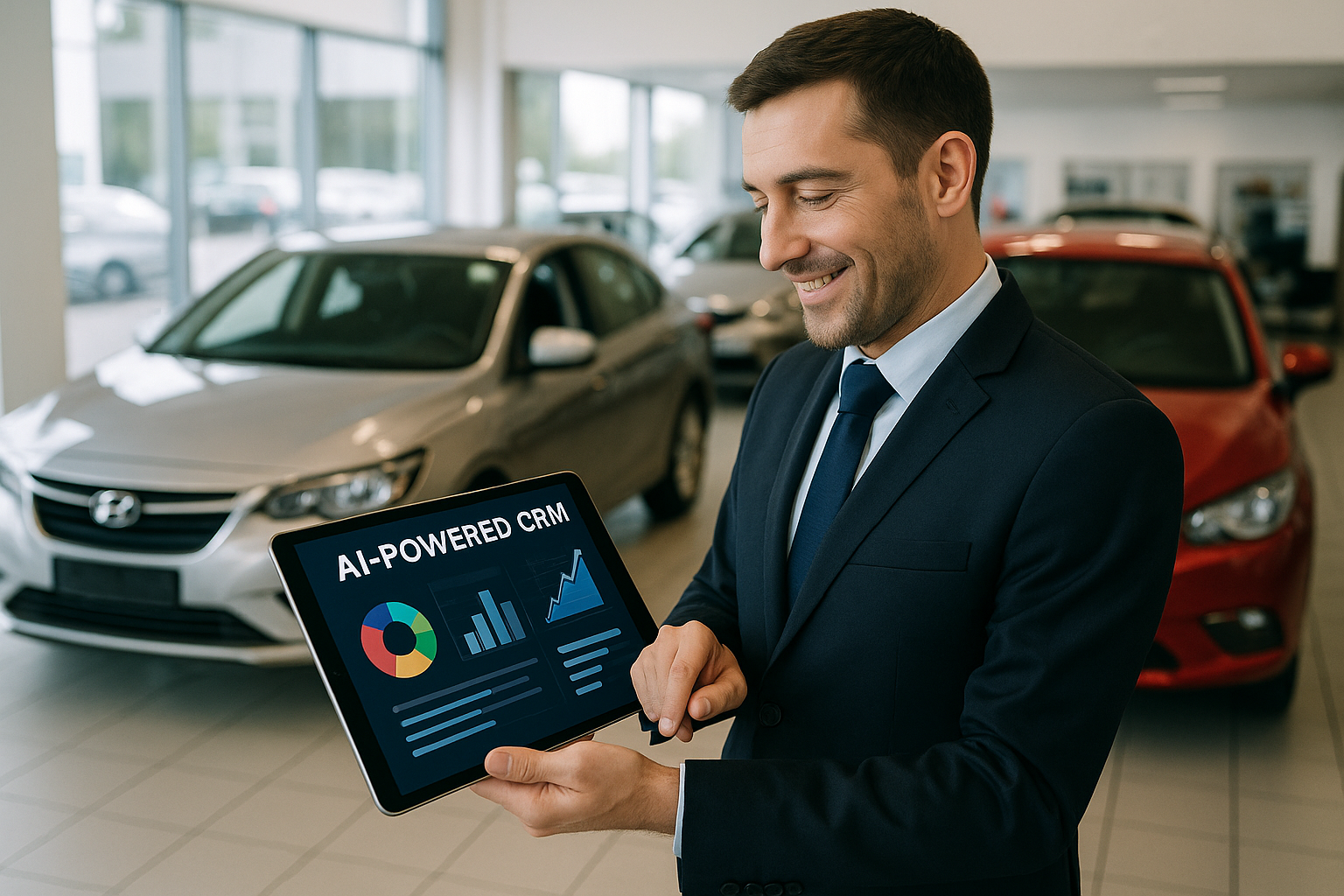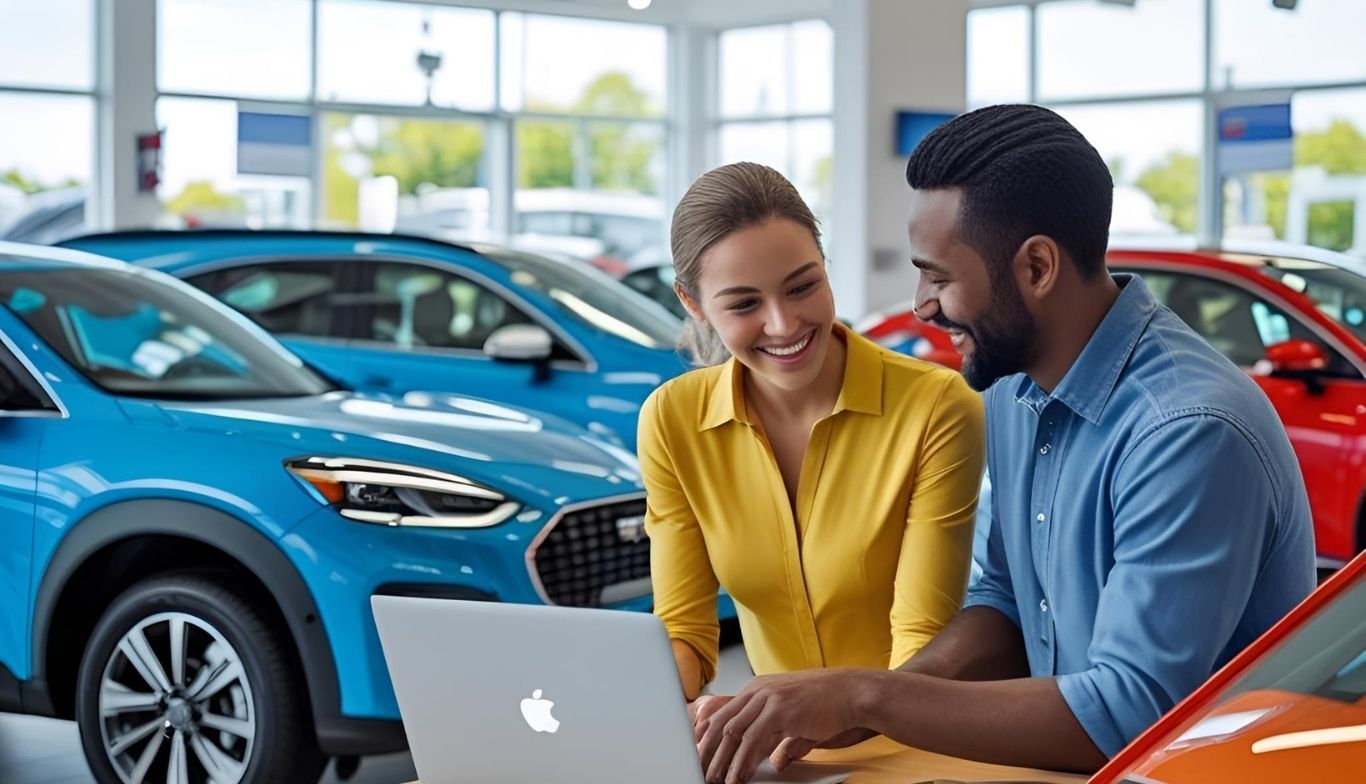“It’s a great time to be a car dealer,” declared Axios recently. The Washington, D.C. publication isn’t wrong. They could have added that it’s a fascinating, intriguing, and even exciting moment for American car dealers. For many, the COVID-19 pandemic and challenging economy not only hasn’t hurt their bottom line, but in some ways, has helped tech-enabled dealers. There’s a limited supply of cars.
The cessation of automotive production back in the spring left inventories low. Banks and other lenders haven’t been repossessing cars the way they would in pre-pandemic times. Plus, fewer people are trading in vehicles. There’s also demand thanks to stimulus checks landing in people’s accounts, and fewer Americans are taking mass transit thanks to the pandemic. When supplies are tight and demand is high, dealers are in the driver’s seat.
Digital Disruption
Yes, there are long-term challenges for car dealers— disruption from rivals like the online service Carvana, ever-more-tech-savvy customers who want a digital-centered experience, and the brick-and-mortar woes facing all retailers. But while digital disruption is a hurdle for many dealerships, others are thriving and will continue to let change fuel their business.
It’s no wonder that digital-leaning car dealerships have done the best during the pandemic. Auto dealers who ramped up their websites, improved their digital marketing, and offered a more appealing virtual experience for car buyers, have been able to soar. The best have offered an all-digital experience for the relatively small niche of buyers who didn’t want to come into a showroom during the pandemic.
But the digital-first emphasis also lured buyers willing to shop in person. After all, the vast majority of car buyers these days, pandemic or not, do research online and buy in person. A dealership that offers a robust online experience has a huge advantage in finding customers, offering an attractive shopping-and-sales experience in person, and closing sales.
Long-Term Changes
Eventually, the pandemic will end. Dealerships need to prepare for several long-term changes. The phenomenal rise in Tesla’s share price indicates a growing interest in all-electric vehicles, an industry that the Fremont, Calif.-based company now dominates; Tesla doesn’t franchise dealerships either.¹ Other electric vehicle companies like Fisker and Rivian are receiving billion-dollar funding for their projects despite their lack of car production. Sure, electric vehicles remain a minuscule slice of the global car industry, but investor sentiment is a warning sign for dealerships.²
Investors are also telling car dealerships to keep an eye on e-commerce entries in the car market, despite their current lack of profitability. Carvana shares took off with the COVID-19 crisis, and a new entry in the direct-to-consumer market, Vroom, had an impressive Initial Public Offering earlier this year. Although their long-term profitability is still a question mark, this model poses a real challenge.
Tech-Driven & Consumer-Friendly
So, what should dealerships do? Dealerships must create a digital-and-in-person ecosystem that is technology-driven and consumer-friendly.
First, they need an all-digital experience like Carvana and more services that take advantage of the fact that most consumers still want to see and touch a car before they buy it — especially with higher mileage used cars. The car dealerships that thrive will have digital as well as in-person retail experiences that trigger delight. They will offer easy, tech-centered financing. Plus, they will deliver a marketing-and-service relationship that starts before you buy an auto and after you own it.
Consumers must able to arrange financing through their dealership quickly— no more let-me-check-with-my manager hassles. The in-person experience is changing, too. It will no longer just be autos on display; Expect more digital-first negotiation and more experiences where a single person works with a customer from start to finish, instead of one involving multiple departments.
Making the in-person and online experiences seamless requires a backend process that consumers never see. Dealers need software solutions that provide a slew of essential deliverables: much better integration with OEMs, inventory, and trade appraisal management, digital retail technology for an online checkout experience, seeing real-time analytics of how online ad campaigns are performing, and being able to communicate with customers whether that is through Facetime or Facebook Messenger. Moreover, many dealers are starting to use online auctions to purchase inventory through upstarts like Backlot cars, which was acquired by KAR for $425 million.
The experience has to be great. Every dealer should be able to offer door-to-door contactless delivery, easy communication, and smooth financing options from a hand-held device or tablet. Websites need to be beautiful. Dealerships can learn a lot from Carvana, for instance, which has uniformly excellent photographs and 360-degree car tours on their site versus the sometimes-clumsy shots that some still use. All the analytics need to be there to know what the customer is viewing, as well as what is and isn’t working on the site.
Car dealerships are iconic American businesses; That will not change. The dealership of the future will, like so many today, fly the American flag, but the experience will be different. The first noticeable change will be the smaller number of customers that shop in-person. The reduction in the number of salespeople isn’t just for convenience: major auto retailers have laid off thousands of employees in the wake of the pandemic. Great technology will allow dealerships to do more with less, and the best will embrace the disruption and shift from an analog past into a digital future.







.jpg)
.jpg)
.jpg)
.jpg)


.png)
.png)
